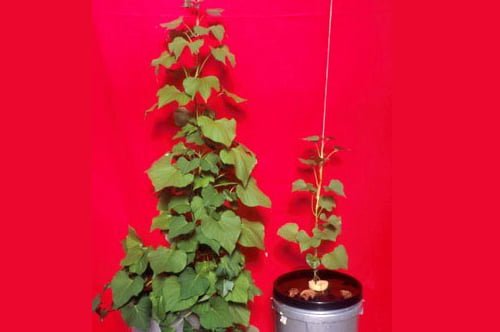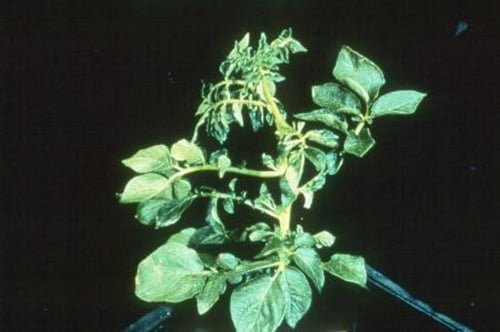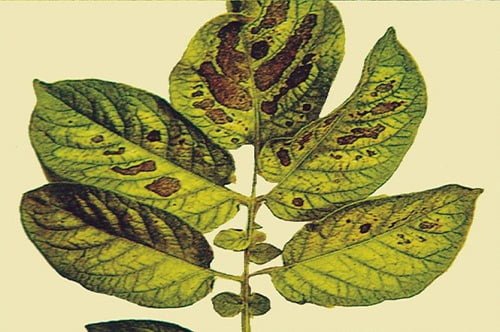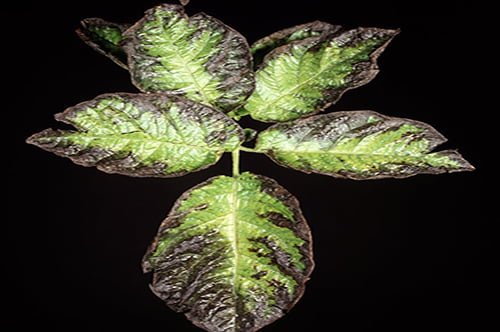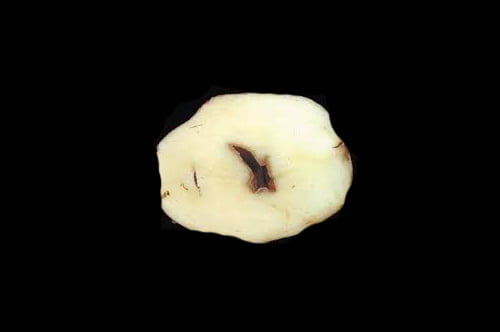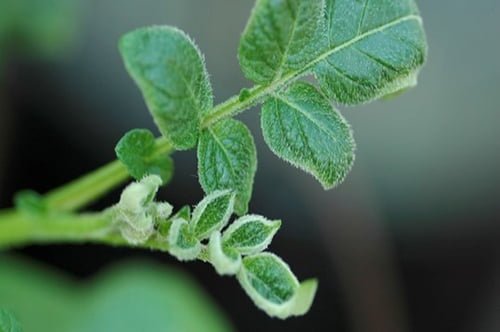Potato Farming
Products
KG/Da
Super Economic Proposal
Products
KG/Da
What if potato is not fed sufficiently?
If potato cannot get sufficient nutrients from the soil during its growth, it may show the following signals
Phosphorus (P) deficiency:
Phosphorus is a nutrient source that provides energy in processes such as the ion uptake from the soil and their transportation within the plant. Phosphorus deficiency in potatoes is manifested mainly by elongation of leaflets, sometimes by slight deformation of leaf edges, then brownish spots and leaf leg with a dull, dark green appearance.
Potassium (K) deficiency:
Potassium is necessary for plants to maintain their metabolic activities in a healthy way such as photosynthesis. The lack of potassium in potatoes is manifested by the appearance of bronze-colored spots on the leaves, and the appearance of black spots on potato tubers. Potassium deficiency causes a decrease in starch, which is high in potatoes, and premature darkening. In addition, potassium deficiency lowers the plant’s resistance to diseases, thus generating inefficient and poor quality crops.
Calcium (Ca) deficiency:
Calcium is an important nutrient source ensuring that plants are structurally stable. The lack of calcium is manifested by the upward curl of healthy leaves, the absence of young leaves and dark green color. In calcium deficient potato plants, blackening and sometimes gaps in the tubers may also be observed.

